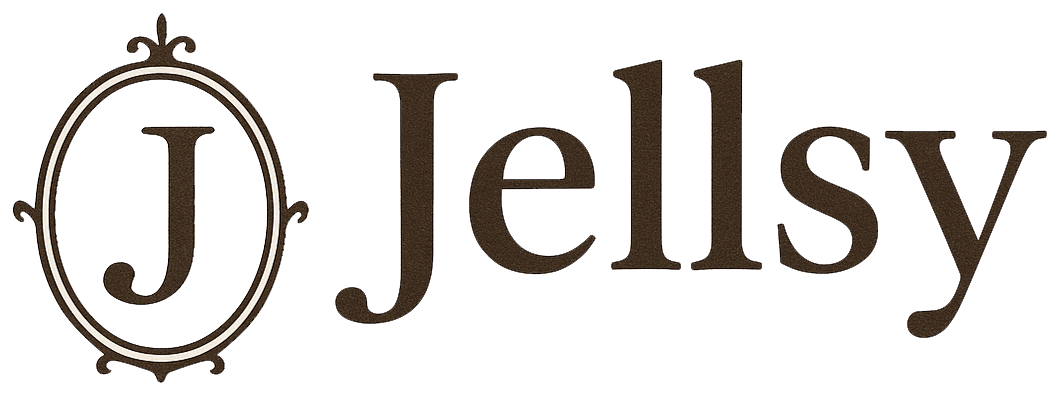No products in the cart.: $0.00
The Evolution of American Fashion: From Function to Freedom

Introduction
American fashion has always been more than just aesthetics — it’s a reflection of national identity, values, and shifting cultural landscapes. From colonial attire to contemporary streetwear, American fashion has undergone significant transformations. These changes speak not only to innovations in fabric and technology but also to deep-rooted movements such as civil rights, feminism, and body positivity.
In this article, we’ll explore the long arc of fashion in the U.S., examining how it’s evolved in tandem with the American spirit — bold, rebellious, and diverse.
1. The Colonial and Revolutionary Era (1600s–1700s)
In the early days of American history, fashion was a clear class marker. Wealthy colonists imported fine silks, lace, and wool from Europe, while lower classes wore practical garments made from locally woven fibers.
- Men typically wore breeches, waistcoats, and tricorn hats.
- Women donned corsets, petticoats, and bonnets, with styles heavily influenced by British norms.
However, the American Revolution sparked a fashion shift — from aristocratic indulgence to democratic simplicity. Linen shirts and homespun cloth symbolized resistance against British rule, championed by figures like Thomas Jefferson.
2. 19th Century: Expansion, Industrialization & Gender Roles
The 1800s saw the U.S. grow territorially and industrially. This expansion had a direct impact on fashion.
Frontier Fashion
Pioneers moving westward needed durable, functional clothing. Denim trousers (later known as jeans) and work boots were essential. Levi Strauss’s invention of riveted jeans in 1873 became the hallmark of American utility wear.
Women’s Fashion
In urban areas, women’s clothing in the mid-1800s became increasingly structured, with crinolines, hoop skirts, and later bustles shaping silhouettes. Feminist reformers like Amelia Bloomer advocated for more comfortable garments, introducing the “bloomer suit” — a precursor to modern women’s pants.
Men’s Fashion
The three-piece suit became the standard for urban professionals. The bowler hat, overcoat, and necktie were everyday staples.
3. Early 20th Century: The Birth of American Style
1920s – The Jazz Age
The Roaring Twenties revolutionized women’s fashion. Flapper dresses, short hemlines, and bobbed hair symbolized liberation. Designers like Coco Chanel influenced American women with practical yet chic attire.
1930s – Depression-Era Elegance
Despite economic hardship, Hollywood glamour played a pivotal role. Stars like Jean Harlow and Clark Gable influenced mass fashion through films.
1940s – War and Utility
World War II caused fabric rationing, resulting in knee-length skirts, simple blouses, and military-inspired tailoring. The government’s “Make Do and Mend” campaign encouraged Americans to reuse and repurpose clothing.
4. Post-War Prosperity & the Birth of Youth Culture (1950s–1960s)
Post-WWII America was a time of consumerism, suburbia, and rebellion.
1950s
- Men wore tailored suits and fedoras.
- Women embraced femininity: poodle skirts, cinched waists, and pearls.
- The “Ivy League” look became popular among young men: button-downs, loafers, and letterman jackets.
1960s
Youth rebellion surged with the Civil Rights Movement and counterculture. Fashion turned expressive:
- The Mod look: Mini skirts, go-go boots, and colorful prints.
- African-American fashion embraced Afrocentric styles: dashikis, headwraps, and natural hair.
5. 1970s: Individualism and Diversity
The 1970s were a melting pot of aesthetics. Disco, hippie culture, and punk each had their own distinct fashion expressions.
- Hippie: Fringe vests, bell bottoms, and floral prints.
- Disco: Sequins, halter tops, and platform shoes.
- Punk: Leather jackets, ripped jeans, and DIY aesthetics.
The decade also witnessed the rise of Black fashion magazines like Essence, promoting diverse beauty standards.
6. 1980s: Consumerism, Power Dressing, and Hip-Hop
This decade marked the birth of fashion as a powerful business.
Power Dressing
Women entering the corporate world adopted power suits with shoulder pads, popularized by designers like Donna Karan.
Hip-Hop Fashion
Emerging from the Bronx, hip-hop influenced streetwear: oversized jackets, gold chains, Kangol hats, and Adidas sneakers. Brands like FUBU and Karl Kani were designed by and for Black youth.
Fitness Craze
Spandex, leggings, and headbands took over due to aerobics and the Jane Fonda workout craze.
7. 1990s: Minimalism and Grunge
Fashion in the 1990s split into two major directions:
- Minimalism: Clean lines, neutral tones, and simple silhouettes, seen in brands like Calvin Klein.
- Grunge: Inspired by bands like Nirvana — flannel shirts, combat boots, and baggy jeans dominated youth wardrobes.
Streetwear began taking root, driven by skate culture and rap music. Logos and brand loyalty became integral to youth identity.
8. 2000s: Celebrity Culture and Globalization
The early 2000s were shaped by reality TV, red carpet culture, and the rise of fast fashion.
- Celebrity Icons: Paris Hilton, Britney Spears, and Jay-Z set trends more than designers.
- Trendy Staples: Low-rise jeans, baby tees, cargo pants, and rhinestones.
- Fast Fashion: Stores like Forever 21 and H&M made runway styles accessible — but at the cost of sustainability.
9. 2010s: Inclusivity, Streetwear Domination & Sustainability
Streetwear Goes Global
Supreme, Off-White, Yeezy, and Fear of God redefined the American fashion hierarchy. Luxury brands collaborated with skaters and rappers, blurring boundaries between high and low fashion.
Diversity & Inclusion
Models like Winnie Harlow and Halima Aden challenged conventional beauty norms. The body positivity movement pushed brands to extend size ranges.
Sustainability
Consumers became more conscious of fashion’s environmental impact, sparking interest in thrift stores, upcycled clothing, and ethical production.
10. 2020s and Beyond: Identity, Tech & the Rise of Indie Brands
Fashion in the U.S. is now a multi-voiced dialogue. Gen Z emphasizes self-expression over trends. TikTok, Instagram, and Depop create viral fashion movements overnight.
Key trends include:
- Gender Fluidity: Unisex fashion, skirts on men, and genderless branding.
- Digital Fashion: NFTs, virtual fashion shows, and augmented reality styling.
- Nostalgia: Revivals of Y2K, ‘90s streetwear, and vintage Americana.
Conclusion: What Makes American Fashion Unique?
American fashion is not defined by a single look, but by its freedom of expression. It’s the cowboy boot and the sneaker. The red carpet gown and the thrifted hoodie. It draws from a nation of immigrants, rebels, artists, and dreamers.
Whether it’s pushing boundaries or paying homage to heritage, American style is ultimately about reinvention — reflecting the ever-changing soul of the United States.



